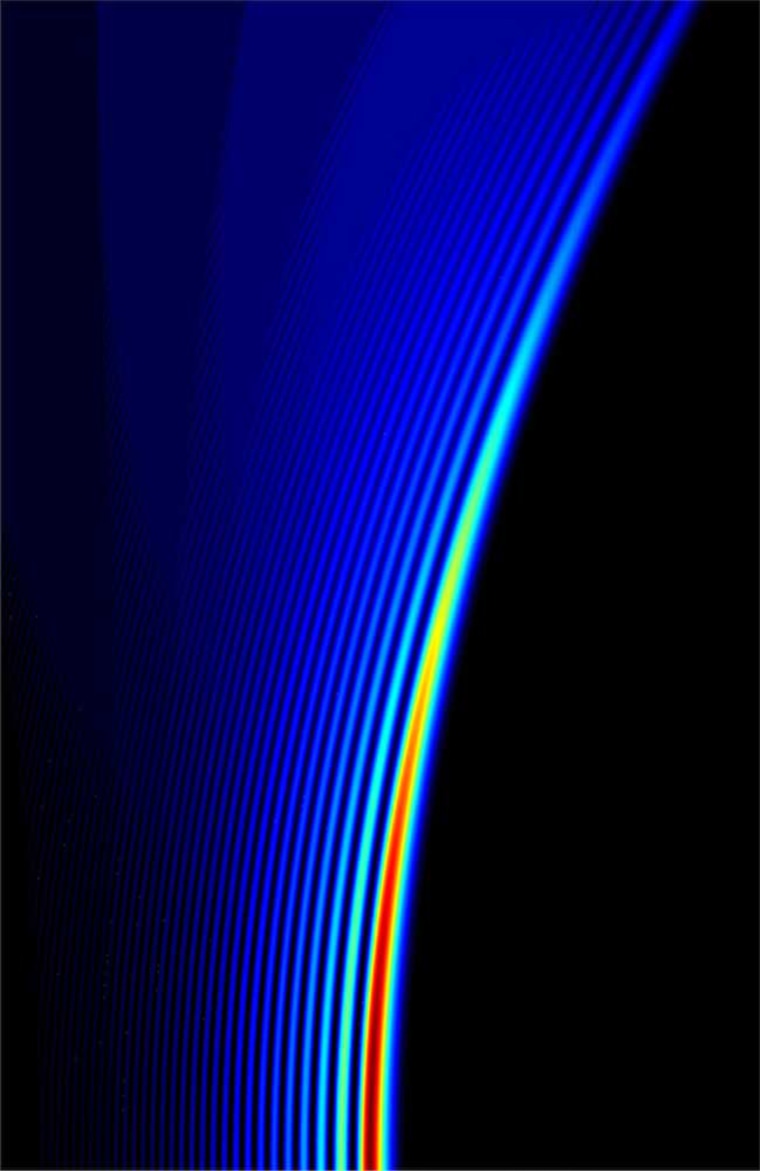Light beams are supposed to be perfectly straight, aren't they? Yet a new trick of optics now appears to make light rays curve in midair.
Light beams can get curved if they pass through areas where space-time is warped by powerful gravitational fields, such as one created by a black hole — a phenomenon known as gravitational lensing. But the new technique scientists have developed to manipulate light does not involve warping space-time.
Instead, researchers at the University of Central Florida employed a liquid crystal display (LCD) screen — like those found on pocket calculators and laptops — about the size of a watch. The 500,000 pixels of this screen were programmed to control how light rays passing through each of them got bent.
The scientists found they could make a nearly half-inch-wide laser beam passing through their screen appear to curve by 1 millimeter over a 14-inch (35-centimeter) stretch.
The screen caused the rays in the beam to interfere with each other in a way that resulted in the brightest part of the beam moving in a curved path, "very much like that of a cannonball fired from a cannon," researcher Demetrios Christodoulides told LiveScience.
"There are countless ways this advance could find use," Christodoulides said. He noted this could in principle help improve telecommunications networks, advanced microscopes and the lidar that probes the sky to help forecast the weather.
Christodoulides, Aristide Dogariu and colleagues detailed their findings in the Nov. 23 issue of the journal Physical Review Letters.
